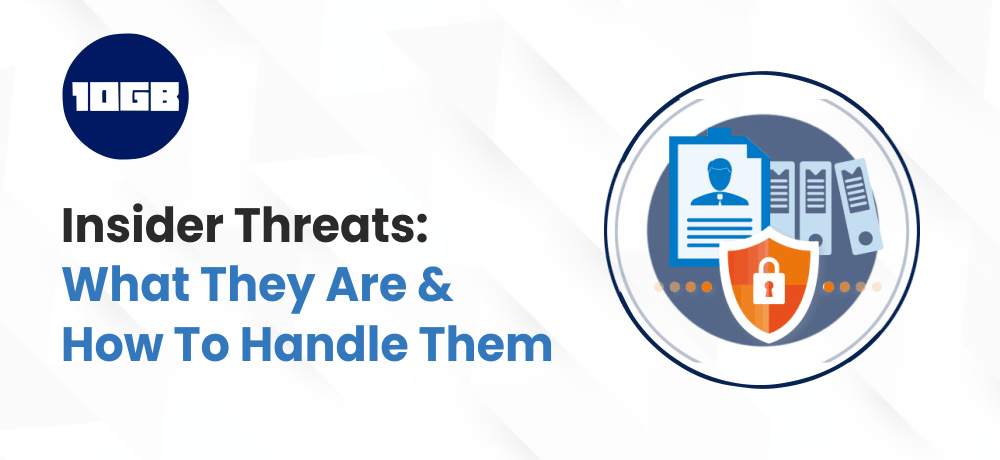In the current digital world, securing your businesses’ confidential data or systems against insider threats is of prime importance. The best practice is identifying and securing against common security issues like malware infection, DDoS, code injection, data breaches, and even insider threats.
So, in this post, we will go over all things you need to know regarding insider threats and how to protect your business from them.
What are Insider Threats?
Insider threats are malignant threats carried out against an organization or business by users who have authorized access to the organization or company’s assets. These types of threats are not solely the result of the current employees’ actions. Contractors, former employees, or partners who have authorized access to the data system can pose a threat to a company.
The threat abusers’ actions include intellectual property theft, fraud information, or harming the computer systems.
The 3 Major Types of Insider Threats
The three types of insider threats are:
Malicious
Malicious insiders have an evil intention to steal confidential data by misusing their direct access to the system. Based on the person’s access level, these types of attacks can be perilous. These abusers are also identified as turncloaks.
Negligence
Negligent insiders are individuals who make errors or blunders and don’t pay attention to policies. As a result, they put companies at risk.
Infiltration
Infiltrators are those who act externally and acquire access to businesses without express authorization. Though negligent insiders can have a role in these types of threats, Infiltrators can unearth other ways of obtaining confidential information access.
How to Identify Insider Threats?
Below are three standard identifiers for insider threats from contractors, employees, partners, former employees :
Accessing Confidential Data: It includes accessing unauthorized data or investigating the networks for any confidential data.
Downloading Or Copying Of Information: Downloading vast amounts of data into unauthenticated external storage devices or copying the files or folders that consist of confidential data.
Leaking Information Outside Organization: Sending or emailing the confidential to external sources.
Preventive Measures to Avoid Insider Threats
These preventive measures will help you avoid insider threats:
Secure Your Internal Network and Systems
By securing your internal network and the employee systems, you are safeguarding your business’s data. Having a team of security experts armed with ideal software is crucial for physical hardware and the system’s security.
Data Backup
To properly back up your data is as crucial as securing the data. Your business can’t bear to lose vital assets; hence, data backup is critical. In an unusual event of data loss, proper backups will be handy.
Secure Sensitive Files and Limit Access
The next method is to safeguard all the confidential files and curb access to them. Often cybersecurity experts achieve this by utilizing administrative tools for managing the users. Companies or organizations must examine and analyze the logs and data to keep a watch on who is accessing or trying to access confidential data. Not only can you monitor the malicious insiders, but also the outsiders attempting to obtain access.
Conduct Security Awareness Training
Business owners can conduct security awareness training to ensure that new and existing employees are aware of the existing policy and changes.
Ways to Promptly Manage Insider Threats
Even with all those preventive measures applied, there is still a chance of insider threats. Now let’s have a look at how to handle insider threats:
Identify Users and Affected Data
On discovering that data security has been compromised, you need to identify the users or affected data. The ideal practice is to log out the affected user and limit their access until the issue is solved. Revoke the privileges and alert the internal personnel.
Examine for The Presence Of Malware
It would be best if you examine for any presence of malware or malicious software that invite future attacks. Use malware detection software to secure your infrastructure.
Also read, How to Find Malware In Your Website?
Recover Deleted Data
After removing any harmful software, do the process of recovering deleted data. If you did a proper backup, your deleted data would be quickly recovered.
Conclusion
Insider threats are a serious potential threat, and the companies that are bound to staying in business should prepare for them.
Additionally, you can check our Managed VPS Hosting UK plans that offer malware protection, Anti-spam & Antivirus protection.
